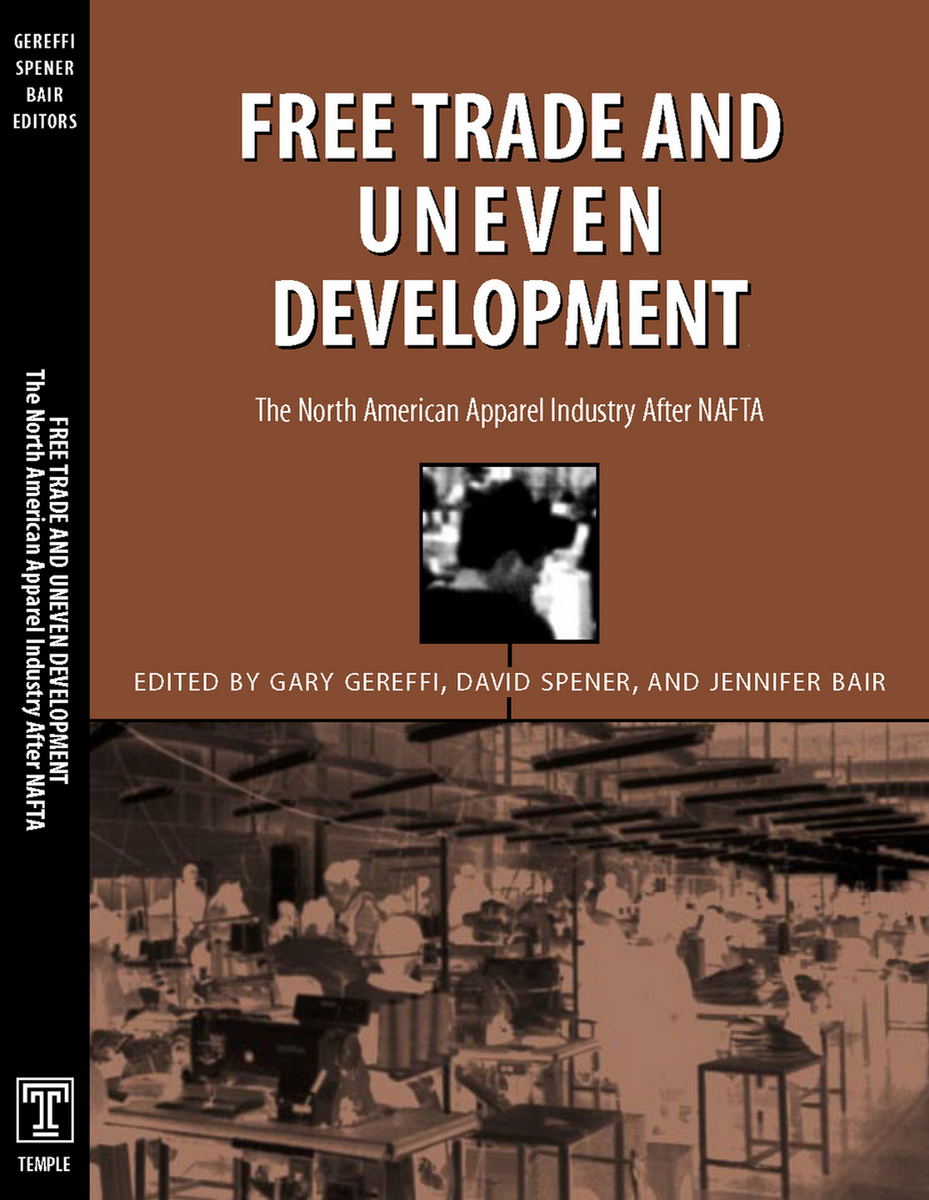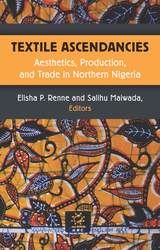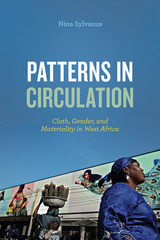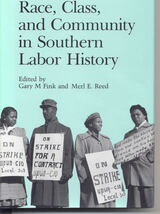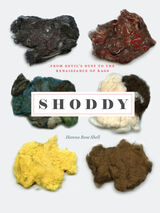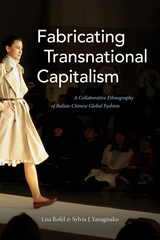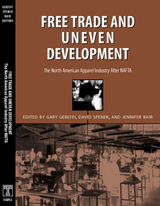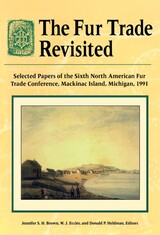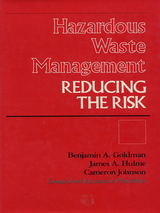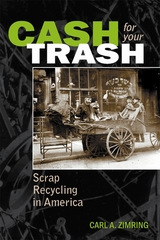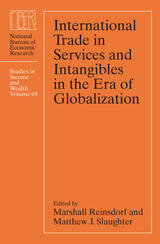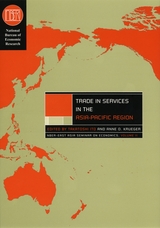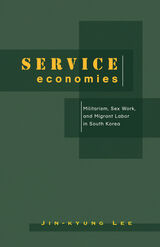Free Trade & Uneven Development: North American Apparel Industry After Nafta
Temple University Press, 2002
Cloth: 978-1-56639-967-8 | Paper: 978-1-56639-968-5 | eISBN: 978-1-4399-0114-4
Library of Congress Classification HD9940.N72F74 2002
Dewey Decimal Classification 382.45687097
Cloth: 978-1-56639-967-8 | Paper: 978-1-56639-968-5 | eISBN: 978-1-4399-0114-4
Library of Congress Classification HD9940.N72F74 2002
Dewey Decimal Classification 382.45687097
ABOUT THIS BOOK | AUTHOR BIOGRAPHY | REVIEWS | TOC | REQUEST ACCESSIBLE FILE
ABOUT THIS BOOK
This volume addresses many of the complex issues raised by North American integration through the lens of one of the largest and most global industries in the region: textiles and apparel. In part, this is a story of winners and losers in the globalization process, especially if one focuses on jobs lost and jobs gained in different countries and communities within North America, defined here as: Canada, the United States, Mexico, Central America, and the Caribbean. However, it would be a mistake to view the industry solely in these zerosum terms. The North American apparel industry is an excellent illustration of larger trends in the global economy, in which regional divisions of labor appear to be one of the most stable and effective responses to globalization.The contributors to this volume are an international and interdisciplinary group of scholars who have all done detailed fieldwork at the firm and factory levels in one or more countries of North America. Taken together the essays offer theoretical and methodological innovations built around the intersection of the global commodity chains and industrial districts literatures, as well as innovative approaches to studying the impact of cross-national, interfirm networks in terms of production and trade issues, and local development outcomes for workers and communities.
See other books on: (1992 December 17) | Clothing trade | Free trade | Textile industry | Treaties, etc
See other titles from Temple University Press
